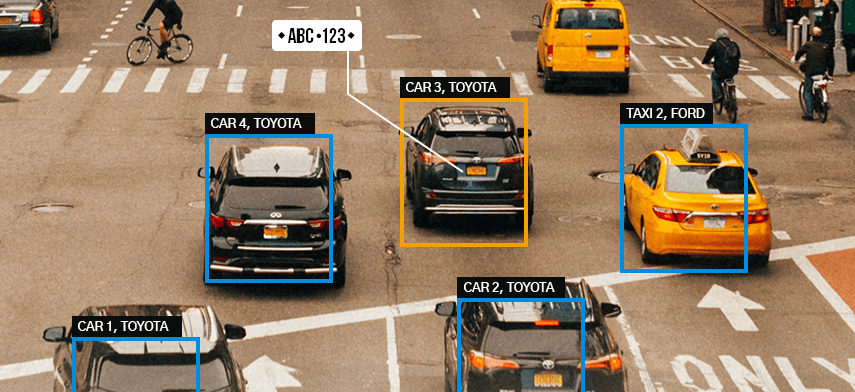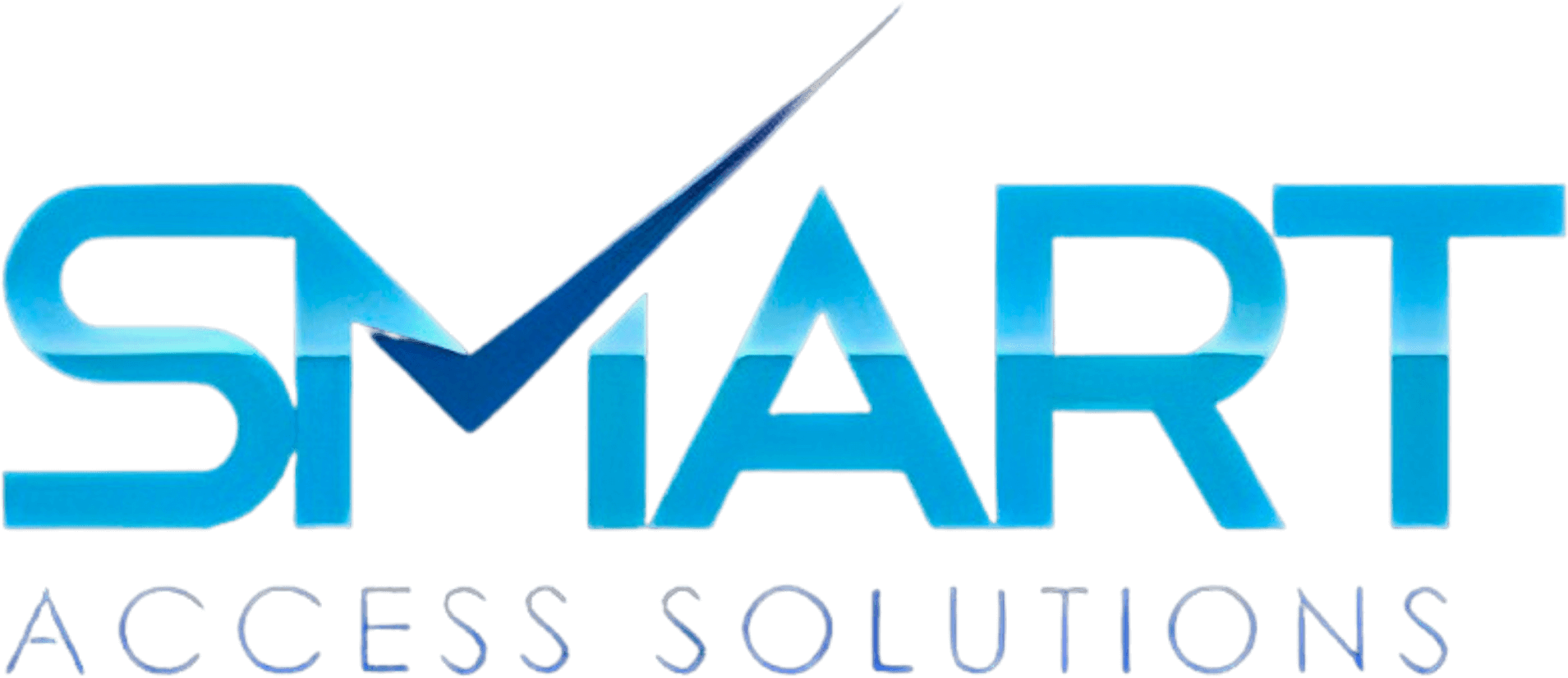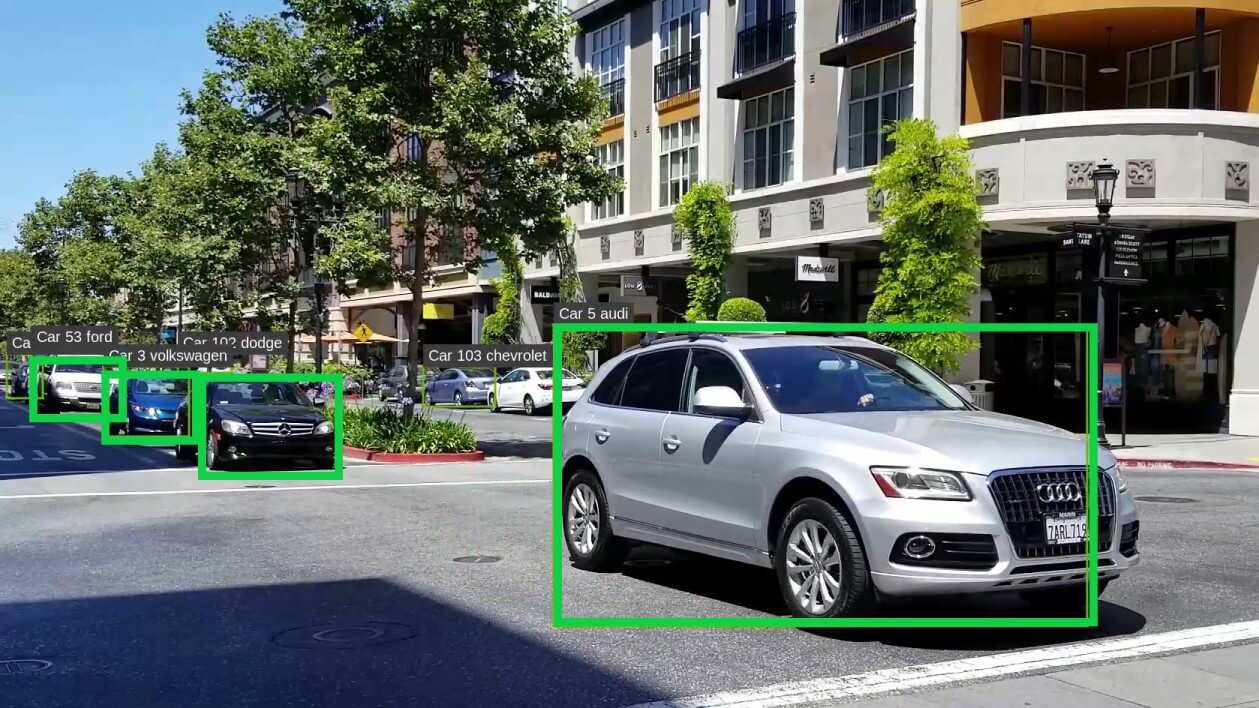The way in which vehicles are monitored and controlled in contemporary parking facilities has been revolutionised by the License Plate Recognition parking system(LPR). Modern automated systems detect and control automobiles based on their licence plates using cameras. And image-processing algorithms have replaced conventional parking techniques as technology has advanced. We will examine the operation of licence plate recognition parking systems in this article to better understand how they improve parking effectiveness, security, and user experience.
Recognising The Technology Used For Licence Plate Recognition (LPR):
Automatic Number Plate Recognition (ANPR), is commonly referred to as Licence Plate Recognition (LPR). It is a technology that makes it possible for vehicle number plates to be automatically detected. And recognised using specialised cameras and computer algorithms. LPR systems are being used in a variety of fields, such as toll collecting, parking management, and law enforcement.
LPR technology is essential for automated entry and exit procedures in parking facilities. And providing consumers with seamless parking experiences while enhancing operational effectiveness for parking operators.

Parts Of A License Plate Recognition Parking System:
A typical parking system with licence plate recognition includes the following essential elements:
a.) LPR Cameras:
To get good pictures of approaching or departing car licence plates. These high-resolution cameras are placed strategically at the parking facility’s entry and departure points.
b.) Image Processing Software:
Optical Character Recognition (OCR) algorithms-equipped specialised software is used to process the acquired images. The characters on the licence plate are translated into machine-readable language by the programme.
c.) Database Management System:
The LPR system keeps a database that houses data on user profiles, access permissions, and licence plate information for vehicles. For effective car identification and parking management, the database is essential.
d.) Parking Barrier/Gate:
To regulate vehicle entry, a physical barrier or boom gate is integrated with the LPR system. When a recognised vehicle approaches, the barrier opens automatically, and the system gives access in accordance with the user’s profile.

How A Parking System With Licence Plate Recognition Operates?
Step 1: Approaching A Vehicle
The LPR camera placed nearby takes a picture of the vehicle’s licence plate. As it approaches the parking facility’s entry point. The high-resolution lens of the camera guarantees accurate and clear image capture even in a variety of lighting situations.
Step 2: Identification Of A Licence Plate
The image is delivered to the image processing software, which examines it. And uses OCR techniques to recognise the characters on the licence plate. The software takes the number plate number from the characters and turns it into English.
Step 3: Access Checking
Cross-referencing is done between the extracted number plate number, the user profiles, and the registered vehicle database. Information including vehicle owners, registered parking arrangements, payment status, and access rights are all contained in the database.
Step 4: Granting Access
The parking barrier or gate is automatically raised, allowing the car entry into the parking facility. If the number plate number is recognised as belonging to a registered user with legitimate access permits. Vehicles can enter without human assistance because the entire process is smooth and effective.
Step 5: Exit Procedure
The exiting vehicle’s licence plate is photographed by the LPR camera installed at the parking facility exit. The number plate number is checked against the database once the image has been processed using the same OCR methods.
Step 6: Exit Validation And Payment
The LPR system examines the user’s payment status. If the number plate number corresponds to a registered user with authorised parking access. The parking barrier opens, allowing the vehicle to leave, if the user has a current payment history. Or prepaid parking plan.
Step 7: Non-Registered Users
The LPR system alerts any vehicles with invalid access or unpaid parking fees. So that parking staff can manually take the necessary action. This could entail writing a parking ticket or taking the proper steps to enforce parking laws.
Benefits Of License Plate Recognition Parking System:
Efficiency Enhanced:
LPR parking systems reduce wait times at entry and exit points by eliminating the need for human ticketing and access management. Because of the automated system, there is less congestion inside the parking garage.
Enhanced Security:
LPR systems improve security and accountability by precisely detecting. And registering the licence plates of all vehicles entering, and leaving the parking area. This feature is extremely useful in large parking lots, shopping malls, and apartment buildings.
A hassle-free parking experience is provided to registered users, who can enter, and exit the lot quickly, and easily. Additionally, LPR systems offer real-time updates on parking availability, making it simple for customers to locate open spots.
Effective Parking Management:
LPR parking systems give parking managers useful information and insights, such as occupancy rates, busy times, and patron behaviour. Better decision-making and optimised parking management techniques are made possible by this data.
Cost Savings:
Because LPR systems automate many processes, parking operators can cut costs by using fewer manual workers, ticketing equipment, and paper-based systems.
Adaptation To Mobile Applications And Payment Methods:
Parking technologies that utilise licence plate recognition are frequently combined with mobile applications, and payment methods to increase user convenience. By connecting their licence plate data to their mobile app accounts, registered users can easily access parking spaces. Without the need for paper tickets or access cards.
Users of mobile apps can access up-to-the-minute data on prices, payment methods, and parking availability. Through the app, users may make cashless purchases without using actual payment devices or currency. This integration not only makes parking easier but also encourages hygienic and contactless transactions. Which are more important in today’s health-conscious society.
Individualised Access Control:
LPR parking solutions provide you with the freedom to tailor access control depending on a variety of factors. Parking managers, for instance, can designate various access permissions for various user categories, including locals, workers, guests, and VIPs. This guarantees that each user group has the proper parking privileges while upholding security and facility control.
Additionally, parking managers can impose time-based limitations, limiting user access to only certain times or days. In commercial regions where parking demand varies throughout the day or week, this option is especially helpful.
Detecting Violations Automatically:
LPR parking systems can be set up to automatically find and report violations. The technology, for instance, may spot cars that have parked longer than allowed or ones that still owe parking fines. The system can send parking staff automatic notifications or alerts when a violation is found. Enabling them to take immediate corrective action.
Integration With Smart City Initiatives And Scalability:
Due to their high scalability, LPR parking systems are appropriate for a range of parking facilities. From modest parking lots to substantial multi-level complexes. Smart city efforts are concentrating on effective parking and transport management as urban populations rise. LPR parking systems are essential to these projects because they maximise parking spaces, ease traffic, and support sustainable urban mobility.
Continuous LPR Technology Advancements
LPR parking systems are gaining from continual improvements as technology continues to grow. Even more precise and dependable licence plate recognition is produced via faster image processing, improved OCR algorithms, and improved camera resolution. Additionally, the system’s capacity to recognise licence plates in a variety of circumstances, such as poor lighting or bad weather. And it is being improved through integration with artificial intelligence and machine learning capabilities.
Conclusion
By reducing the procedures for entering and leaving parking lots, boosting security and improving parking management. License Plate Recognition (LPR) parking technologies have revolutionised the parking sector. LPR systems provide consumers with seamless and effective parking experiences. While providing vital data for parking operators to increase operational efficiency. This is made possible by cutting-edge camera technology and image processing algorithms.
Adopting LPR technology in parking facilities not only enhances the whole parking experience for patrons. But also helps modern metropolitan areas manage to park more sustainably, minimise traffic congestion, and increase security. LPR parking systems will become more and more important in determining the direction of parking solutions globally as technology advances.
Also read: How Do Automatic Car Park Barriers Work?



